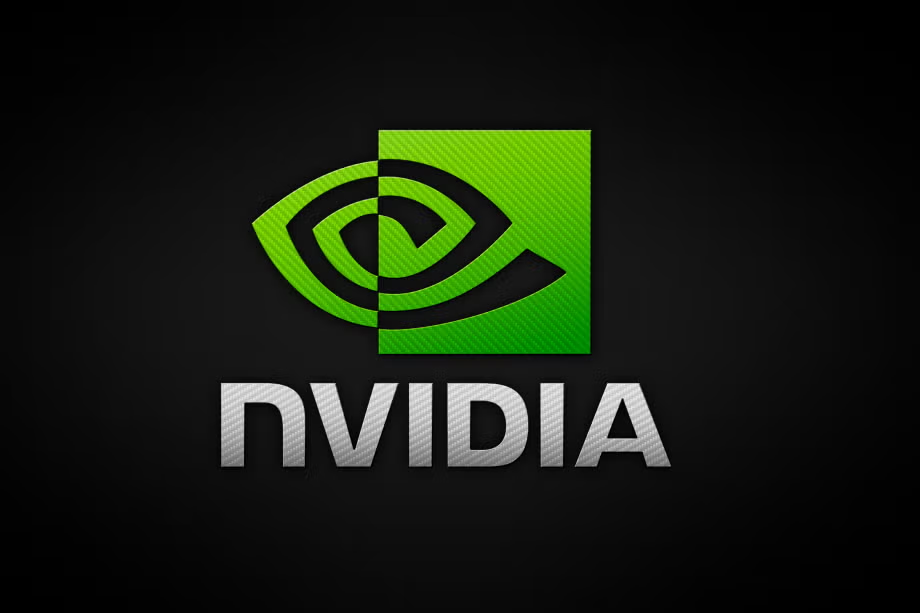Nvidia CEO Jensen Huang is making waves with his updated predictions regarding quantum computing, suggesting that a significant breakthrough and "inflection point" for the technology are on the horizon. This marks a notable shift from his earlier, more cautious stance on the timeline for practical quantum applications. This change in perspective is significant, as it could signal a turning point for the quantum computing industry and its potential impact on various sectors.
Huang's revised outlook suggests that quantum computing is nearing a stage where it can solve real-world problems that are currently beyond the reach of classical computers. This is largely due to anticipated advancements in error correction, robustness, and scalability of quantum systems. He envisions a future where quantum processors (QPUs) will be integrated with graphics processing units (GPUs), the hardware Nvidia is known for, to create a new generation of supercomputers capable of tackling complex challenges. Nvidia is positioning itself to be a key player in this hybrid quantum-classical computing landscape.
This prediction comes after Huang previously expressed skepticism about the near-term viability of quantum computing, estimating in January 2025 that "very useful" quantum computers were still 15 to 30 years away. These remarks had a negative impact on quantum computing stocks at the time. However, his recent statements reflect a more optimistic view, driven by progress in the field and Nvidia's own strategic initiatives. This includes hosting the first-ever Nvidia Quantum Day and unveiling the next-generation Grace Blackwell platform, designed for reasoning and planning, showcasing the company's commitment to quantum advancement.
Nvidia's commitment to quantum computing is further demonstrated by its establishment of the Nvidia Accelerated Quantum Research Center (NVAQC) in Boston. This research center aims to integrate cutting-edge quantum hardware with AI supercomputers, facilitating accelerated quantum supercomputing. The NVAQC will focus on tackling challenges such as qubit noise and transforming experimental quantum processors into practical devices. Collaborations with leading quantum computing innovators and universities will drive advancements in CUDA-quantum hybrid computing.
The potential impact of quantum computing spans numerous industries. Industries relying on optimization and complex simulations, such as finance, pharmaceuticals, and materials science, are expected to see the first practical benefits. Quantum computing promises breakthroughs in drug discovery, financial modeling, energy optimization, and cybersecurity. In finance, it can enable faster risk assessments and fraud detection. In pharmaceuticals, quantum computers can simulate molecular structures to accelerate drug discovery.
Despite the optimism, challenges remain in making quantum computing a mainstream technology. Overcoming the fragile nature of quantum computers, improving error correction, and seamlessly integrating quantum systems with classical infrastructure are crucial steps. Nvidia is addressing these challenges by leveraging AI to enhance quantum error correction and developing platforms like CUDA-Q to bridge quantum and classical computing environments. Quantum computing also poses potential threats to current encryption methods, which is something Nvidia and the tech industry are working to solve.
Nvidia's strategy is not to build quantum computers themselves, but to create the tools and systems that enable others to advance the field. This includes developing software like CUDA-Q, a platform for hybrid quantum-classical computers, and cuQuantum, libraries for accelerating quantum circuit simulation. By providing these resources, Nvidia aims to accelerate the development and adoption of quantum computing across various industries.
While some analysts suggest that quantum computing could eventually challenge Nvidia's GPU business, Nvidia is preparing for a hybrid future where both technologies coexist. Nvidia's CUDA-Q platform is designed to enable hybrid workloads that leverage the strengths of both architectures.

















